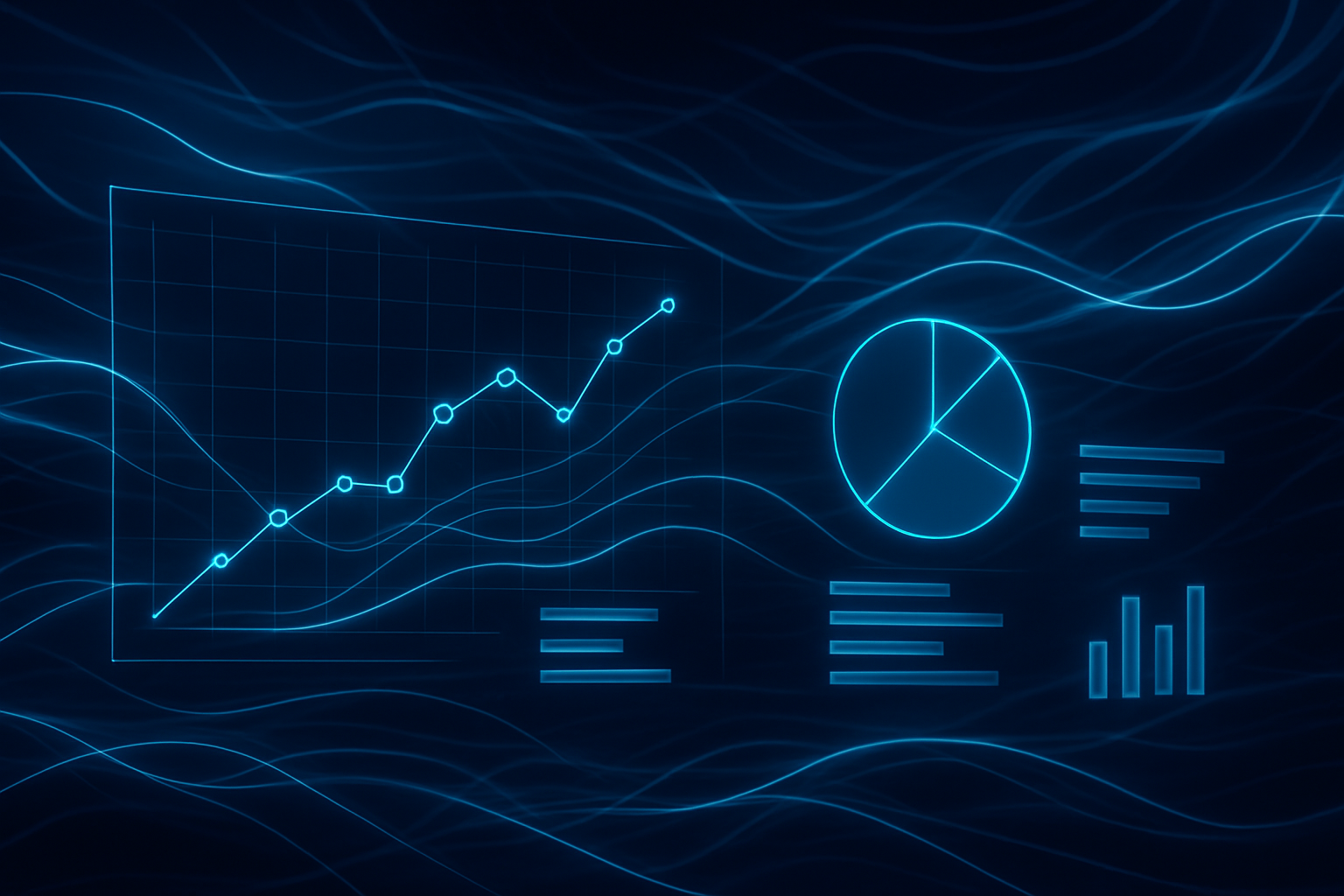What Is a Data Lake and Why It’s Essential for AI-Ready Customer Experience?
Understand how a modern CX data lake unifies raw interaction data so AI, analytics, and leaders can act in real time.
- Data Strategy
- AI for CX
- Customer Insights
7 minute read · Creative Communications Lab Editorial Team
Published: 10 September 2024 · Updated: 10 September 2024
In 2026, customer experience isn’t just about what happens during an interaction — it’s about the data that powers those moments. Organisations that win are the ones that capture, connect, and activate data to drive AI, analytics, and sharper decisions.
Enter the data lake: a centralised repository where structured and unstructured customer data flows together, ready to fuel advanced insights and AI models.
What Is a Data Lake?
A data lake is a scalable storage environment that ingests information in its raw form — from CRM systems, IVRs, chatbots, emails, and more.
Unlike traditional databases, a data lake lets teams store first and model later. The result is a flexible foundation where data scientists, analysts, and operations can explore without waiting for rigid schemas.
Bring every customer signal together without rebuilding your stack first:
- Contact centre call logs and recordings
- Chat transcripts and chatbot interactions
- Customer account and CRM records
- Operational KPIs from workforce and quality systems
- Social media sentiment and reviews
- Knowledge base searches and article usage
With everything in one environment, analytics teams can apply governance, modelling, and automation the moment the business needs it.
Why Data Lakes Matter for Customer Experience
CX leaders rely on diverse, high-quality data to automate, personalise, and fix journeys before customers churn.
Fuel for AI and Automation
AI models thrive on varied, large-scale data. A CX data lake becomes the training ground for chatbots, predictive routing, agent-assist, and recommendation engines.
360° Customer View
By consolidating siloed datasets, organisations gain an accountable picture of journeys across voice, chat, email, and digital channels.
Real-Time Insight Loop
When paired with inline analytics, data lakes allow leaders to see emerging trends, service failures, and compliance risks as they happen — not weeks later.
Future-Proof Architecture
As new channels emerge — video support, IoT, virtual reality — the lake can ingest raw data without major rework so innovation keeps pace with expectations.
What Leaders Gain
Data lakes land differently for executive teams versus operational leaders, yet both groups unlock tangible value.
For the C-Suite
Executives can scale AI responsibly while maximising existing technology investments.
- Enable enterprise AI roadmaps with governed, reusable data products.
- Improve ROI on CRM, contact centre, and marketing platforms by activating dormant data.
- Simplify compliance through centralised governance, lineage, and audit trails.
For Operational Leaders
Operations, analytics, and CX teams gain the visibility to act in the moment.
- Real-time dashboards surface metrics like CSAT, AHT, and containment with drill-down context.
- Unified reporting across teams and vendors removes manual spreadsheet wrangling.
- Automation-ready data reduces the burden of repetitive consolidation and reconciliations.
The Bottom Line
Data lakes are no longer experimental IT infrastructure — they are the operating system for AI-ready customer experience.
Organisations that invest now build loyalty, efficiency, and predictive service ahead of competitors still struggling with disconnected data.
FAQs for This Article
Quick answers for leaders evaluating whether a CX data lake is the right next move.
What is the difference between a data lake and a data warehouse?
A data warehouse stores structured, pre-modelled data, whereas a data lake keeps raw, unstructured, and semi-structured data so teams can explore it before formal modelling.
How does a data lake support AI in customer experience?
It provides the varied, large-scale datasets required to train and continuously improve AI for chatbots, predictive routing, sentiment analysis, and agent-assist workflows.
Are data lakes secure enough for financial services and government?
Yes — when built on platforms such as AWS, Azure, or Google Cloud with proper governance, encryption, and role-based access, data lakes meet strict compliance standards.
Can small organisations benefit from data lakes?
Absolutely. Cloud-native data lakes scale with demand, so SMEs can start small, pay for consumption, and expand as use cases mature.
What’s the first step to implementing a data lake?
Map your customer data sources — CRM, contact centre, back office — and prioritise integrations aligned to CX outcomes, then establish governance owners.
Data Impact Snapshot
These industry benchmarks show why CX programmes are investing in unified data foundations.
0%
of large organisations
will rely on a CX data lake as a central component of strategy by 2027.
Source: Gartner
0%
lift in customer satisfaction
reported by companies that activate customer data lakes (20–30% range).
Source: McKinsey
0x
more likely to acquire customers
for data-driven organisations, which are also 6x more likely to retain them.
Source: Forrester
0%
of executives
cite poor data integration as the top blocker to scaling AI initiatives.
Source: MIT Sloan
0%
reduction in average handling time
achieved when contact centres adopt real-time analytics capabilities.
Source: Deloitte
Build an AI-ready data foundation
Book a working session with our data strategists to scope your CX data lake, governance model, and first AI use cases.
